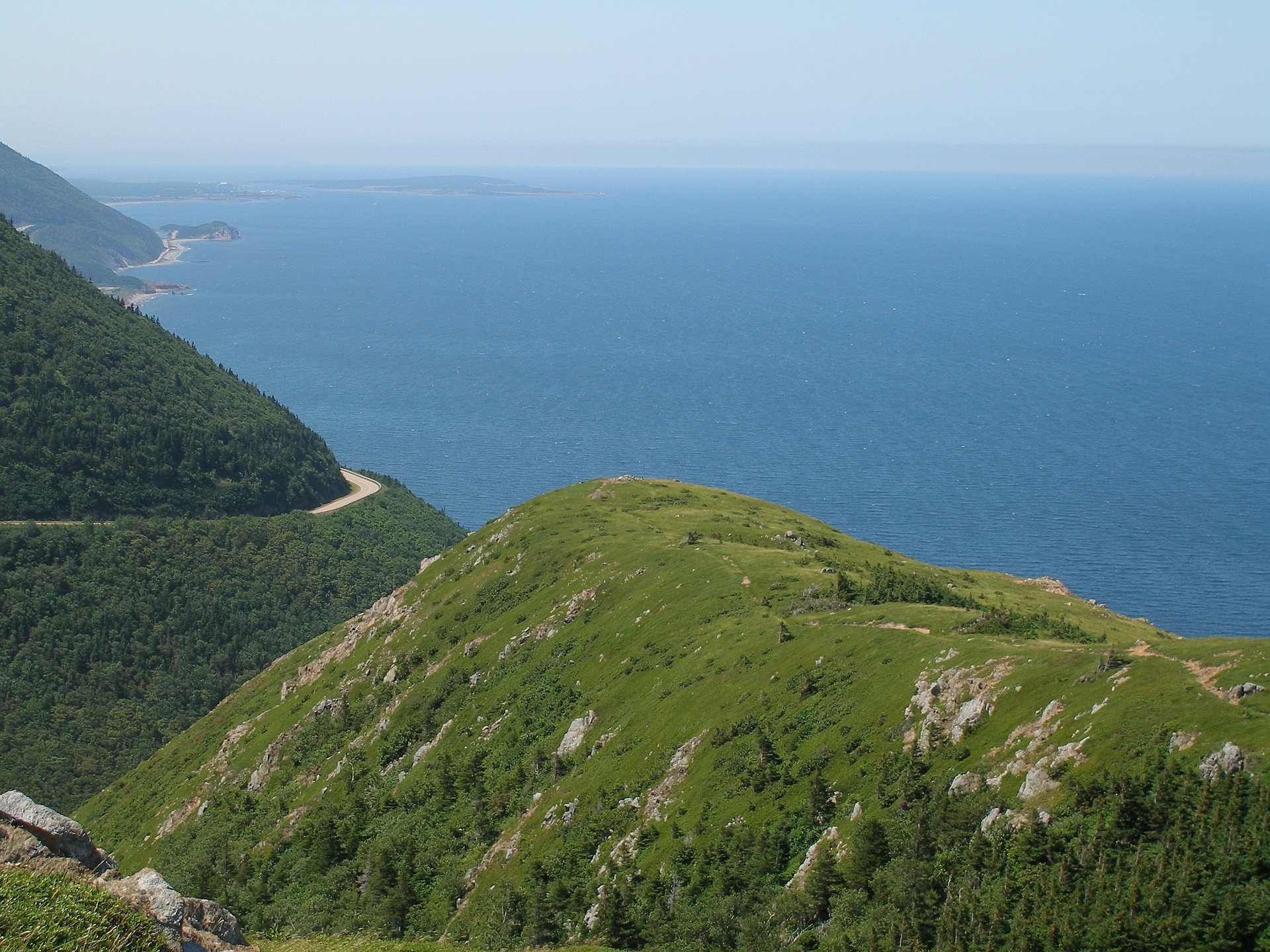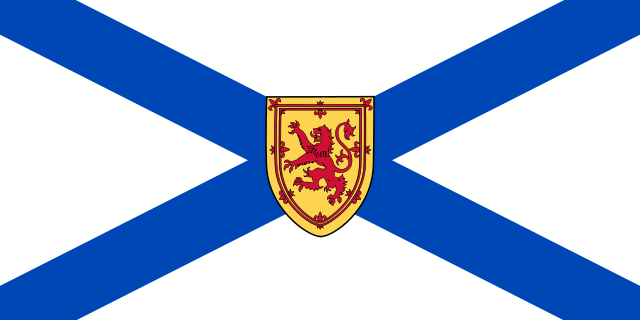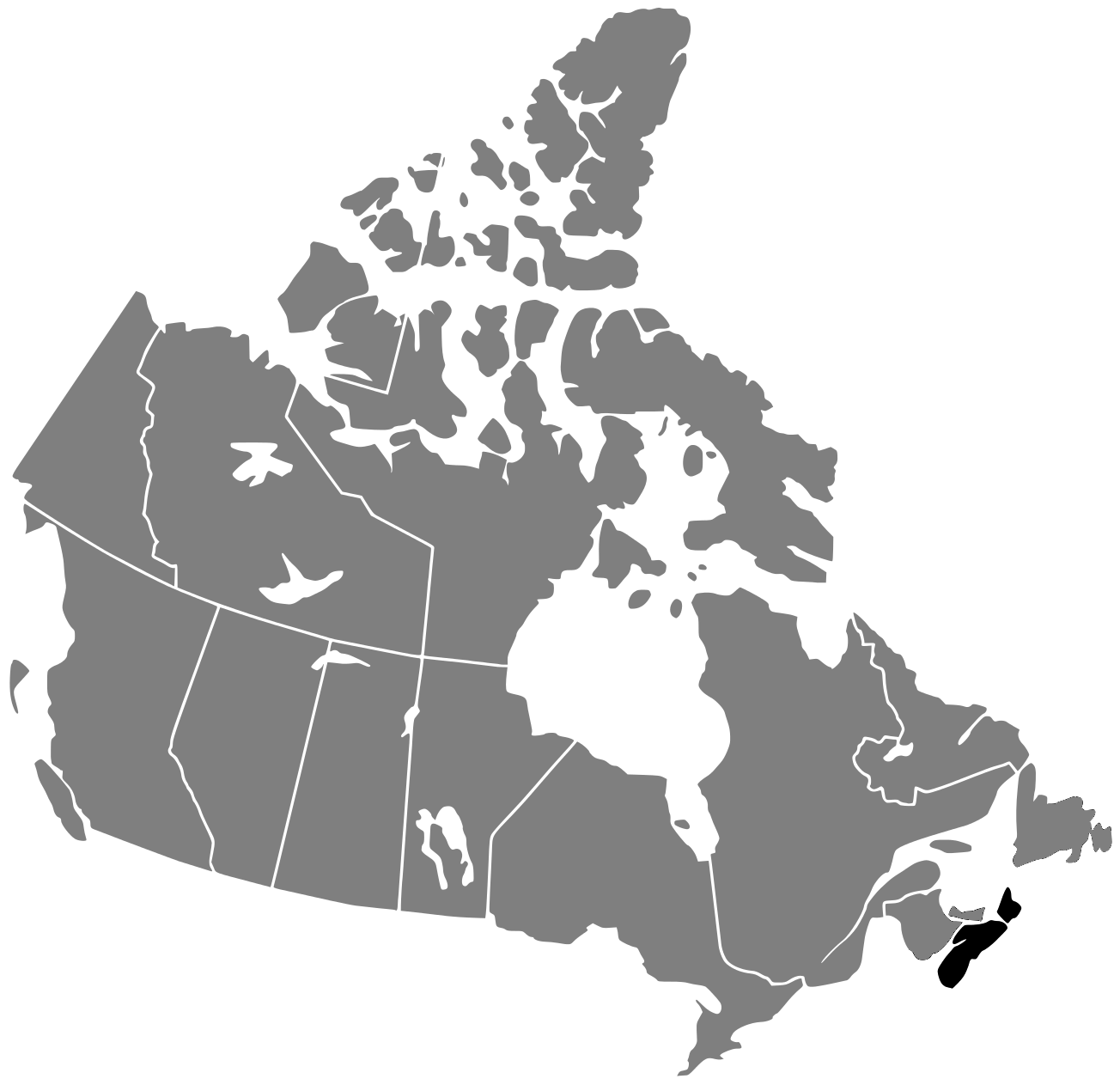Canada’s Arboreal Emblems:
Nova Scotia — Red spruce (Picea rubens)
Return to our Arboreal Emblems of Canada resource homepage here:
Canada’s Arboreal Emblems →

Return to our Arboreal Emblems of Canada resource homepage here:
Canada’s Arboreal Emblems →


Red spruce is a medium-sized conifer, normally growing to 25 m tall and 60 cm in diameter with a crown spread of 6 m. Open-grown trees develop a broadly conical crown extending nearly to the ground; in the forest, the crown is somewhat pagoda-shaped and restricted to the upper portion of the tree on its long cylindrical bole. Leaves are 10-16 mm long, shiny, linear, four-sided, and yellow-green. Cones are 3-5 cm long, ovoid-oblong, chestnut brown, and fall during the first winter or following spring. Bark can grow to 13 mm thick, with irregular greyish to reddish brown scales; inner layers are dull yellow or reddish-brown. Red spruce is a typical tree of the Acadian forest region. The landscaping uses are similar to white spruce: a landscape specimen, suitable for hedge and windbreak.
Like most spruces, the wood is strong for its weight, is nearly white or cream coloured, moderately long-fibred, odourless, and slightly resinous. It is straight grained, fine textured, and above average in stiffness; it machines and glues well and holds nails and paint satisfactorily. An important commercial species, red spruce is highly valued for pulp, lumber, plywood, containers, and sounding boards for musical instruments.
Red spruce grows throughout Canada’s Maritime provinces and stretches as far as North Carolina in the US. It reaches maturity in about 200 years and can live to 400 years.